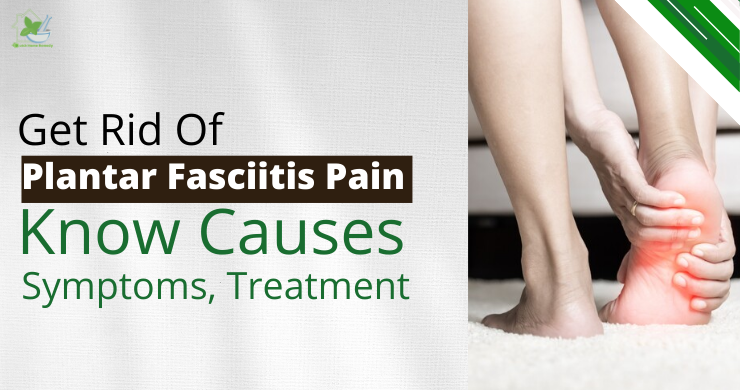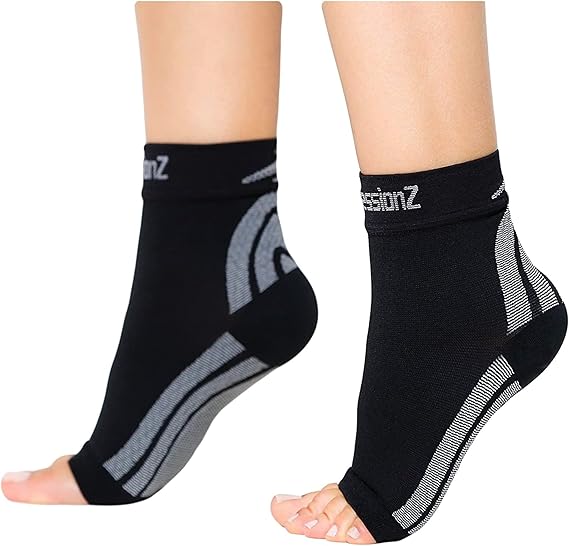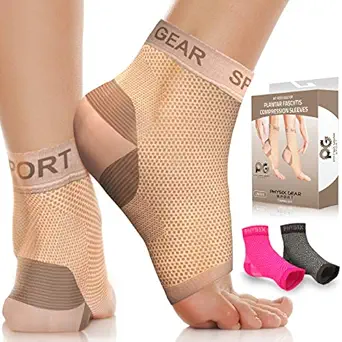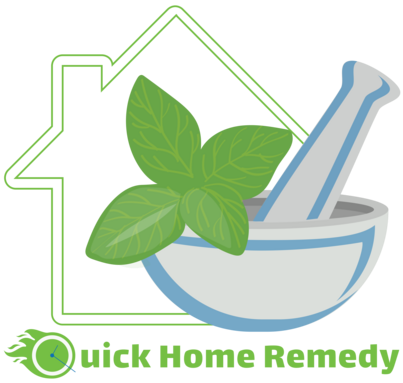
Heel pains are quite common among different age groups. Person suffering from heel pain in all likeliness is suffering from Plantar Fasciitis. Heel pains rarely cause significant threat to human health. The pains are often nagging behind and recurs when not treated properly. Though at times the pains become chronic and persistent. Human foot is made up of 26 bones in total. Human heel is the largest among the lot.
Heels absorb are the impact which our foot bears when it hits the ground during walking and running. It helps us to spring forward without any delay. According to experts, stress exerted on foot while walking is 1.25 times of our body weight and even more while we are running. Thus, human heels are susceptible to damage and pain if a single stride goes wrong. Causes of heel pain are mostly mechanical and it occurs due to arthritis in several cases along with various autoimmune problems, neurological problems, infections and other conditions.
General Causes Of Heel Pains
Among the numerous causes of heel pain, Plantar Fasciitis is quite common. Fasciitis symptoms must not be neglected. Stress fractures are an action of repetitive action of stress which are caused as a result of strenuous exercises like sports and heavy manual work. Osteoporosis often causes degeneration of heel bones causes chronic heel pains.
- Inflammation of plantar fascia also known as Plantar Fasciitis is an acute heel pain. Plantar fascia is a bowstring-like ligament which runs from calcaneum to our foot tips. If plantar Fasciitis is stretched very far, its soft tissue fibers become inflamed near the point of attachment with the heel bone. Problems at times occur in the middle portion of the foot. Some of the patients experience pain under their foot after periods of long break. Do not neglect any Plantar Fasciitis symptoms. If the Achilles tendons behind the heels tighten, patients suffer from cramps in their calf muscles as well.
- Heel bumps are very common among teenagers. When the heel bones are yet to be fully matured in teens, excessive rubbing results in formation of many bones. Teens with flat foot suffer from these issues more than the rest. In females, this problem can arise due to wearing high heels in their teen years since their bones are not fully matured by that age.
- Heel bursitis is a common term used to specify inflammations of heel backs. These can be caused by awkward landing on heels and can be even caused due to excess pressure from footwears. These pains are common deep inside the heel and at back of the heels.
- Tarsal tunnel syndrome occurs when large nerves at back of the foot becomes compressed. It’s a type of neuropathy compression occurring either in the foot or the ankle.
- Achilles tendonosis, also known as tendonitis and tendinopathy is a chronic long-time condition which is associated with progressive degeneration of Achilles tendons. At times, Achilles tendons fail to perform properly as a result of numerous minor tears of the tendons. Achilles tendons receive tension more significantly and they fail to repair correctly. As a result, tendons gradually thicken and weakens thereby becoming intensely painful.
- Severs disease is quite common heel pain in teenage athletes which is caused as a result of repetitive microtrauma suffer by the growth plates of the heel bones. Children between the age of 7-15 years are mostly affected by this disease.

Best Plantar Fasciitis Compression for Men & Women
Symptoms Of Having A Heel Pain
Heel pain is a gradual process which is not always linked with injuries. It is triggered frequently while wearing flat shoe like flip-flop sandals. Your plantar fascia might be stretched to a certain extent and become swollen. In many cases, pain is concentrated to the front of the heel. Post static Dyskinesia or pain after rest tends to have worse effect generally after getting out of bed in morning and after prolonged rest.
These pains may not affect you when you are active but at the end of the day, you might be greeted with worse issues. It is recommended that you must find cure for heel pain without further delay.
Do Not Exaggerate Heel Pains, Contact doctors

It is recommended that you must see a doctor if you are going through the following:
- Pains in your heel along with fever
- Inability to walk properly
- Not being able to stand with heel backs raised
- When there is a tingling sensation or numbness along with pain and fever
- Severe pain along with swelling near heel area
- Problems while bending foot downward.
If these pains remain for a week or more and you are unable to walk or stand then get diagnosed without delay.
Diagnosing The Actual Cause And Remedies For Heel Pain
The first step of how to cure heel pain, involves its proper diagnosing. Podiatrists specializes in evaluations and necessary treatments of various foot diseases. They will carry out X-rays and various physical examinations and ask you various questions related to remedies for heel pain you are suffering. Frequently asked questions include asking the patient about his daily walking and standing hours, choice of footwear and details about their medical history. Blood tests are conducted in less frequent cases.
Treatment And Cure For Heel Pains
Cure for Plantar Fasciitis heel pain includes various conservative treatments in a vast majority of patients. If you are having any doubts on how to cure heel pains, go through the following points. Use of non-steroidal anti-inflammatory drugs (NSAIDs) with antipyretic and analgesic effects are used in most cases. When used in higher doses, they have various anti-inflammatory effects.

- Corticosteroid solutions are applied over the affected area of your sole. Electric current helps in better absorption. With the help of ultrasounds, doctor able to inject in the accurate area.
- Getting a physical therapy helps patients numerous heel pain exercises that will help them stretch plantar fascia along with Achilles tendons. Besides curing these nagging issues, you will also be able to strengthen the power of lower leg muscles which will help in better stabilization of heel and ankle.
- Night splints are fitted to calves and foot during their sleep to keep plantar fascia and Achilles tendons in lengthened positions.
- With the help of insoles and orthotics, foot faults are corrected. Extracorporeal shock wave therapies stimulate healing of the affected area. Its only recommended in chronic cases when other treatments were not affirmative.
- When your heel bone is detached off from plantar fascia, surgical measures are recommended. But there are risks of permanently weakening foot if not treated with special attention.
Conclusive Measures And Prevention From Heel Pain
Various home care measures include resting, applying icepacks over the swollen area, choosing proper foot wears with proper fittings and taking foot supports from heel cusps and wedges to relieve pain. Tips for prevention include:

Plantar Fasciitis Socks with Arch Support
- Stop being barefoot on hard and rough ground surfaces. cut down the excess fat which might cause overweight in your body increasing the risks of damaging your heel.
- Have a proper warmup session before engaging in physical activities which place lots of stress on the heels.
- Choose a proper footwear which absorbs excess stress that is placed on your heel. Use heel pads and use shoes with proper fittings for relief from Plantar Fasciitis. Avoid using shoes with worn down heels. As soon as you notice any link between a particular pair of shoes and heel pains, stop wearing them immediately.
Prevention is always better than cure. So, take all the necessary measure to get relief from Plantar Fasciitis and not be a victim of heel pain and lead a healthy life without giving any scope for setbacks to hinder your progress.



